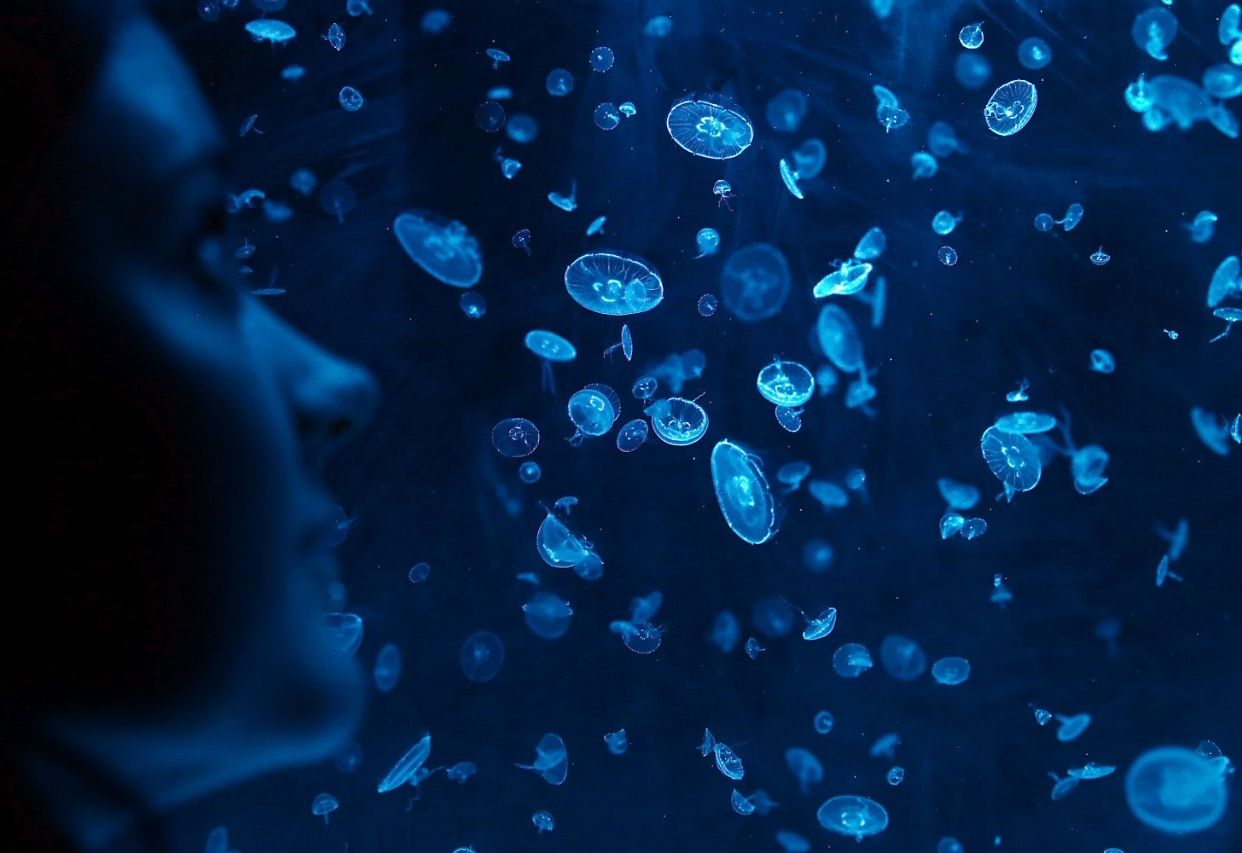
Researchers including George Church have made further progress on the path to fully rewriting the genome of living bacteria. Such a recoded organism, once available, could feature functionality not seen in nature. It could also make the bacteria cultivated in pharmaceutical and other industries immune to viruses, saving billions of dollars of losses due to viral contamination. Finally, the altered genetic information in such an organism wouldn’t be able to contaminate natural cells because of the code’s limitations outside the lab, researchers say, so its creation could stop laboratory engineered organisms from genetically contaminating wildlife. In the DNA of living organisms, the same amino acid can be encoded by multiple codons — DNA “words” of three nucleotide letters. Here, building on previous work that demonstrated it was possible to use the genetic equivalent of “search and replace” in Escherichia coli to substitute a single codon with an alternative, Nili Ostrov, Church and colleagues explored the feasibility of replacing multiple codons, genome-wide. The researchers attempted to reduce the number of codons in the E. coli code from 64 to 57 by exploring how to eradicate more than 60,000 instances of seven different codons. They systematically replaced all 62,214 instances of these seven codons with alternatives. In the recoded E.coli segments that the researchers assembled and tested, 63% of all instances of the seven codons were replaced, the researchers say, and most of the genes impacted by underlying amino acid changes were expressed normally. Though they did not achieve a fully operational 57-codon E. coli, “a functionally altered genome of this scale has not yet been explored,” the authors write. Their results provide critical insights into the next step in the genome rewriting arena — creating a fully recoded organism.
Read more


















